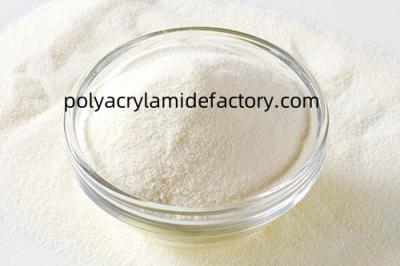Is Polyacrylamide a Sustainable Water Treatment Solution?
-
Posted by HFen polyacrylamidefactory Filed in Other #Water treatment Polyacrylamide Chemicals 387 views
Water treatment Polyacrylamide Chemicals play a crucial role in enhancing the effectiveness of integrated membrane-chemical systems used in water purification. These systems combine the mechanical filtration capabilities of membranes with the chemical treatment provided by polyacrylamide to improve the removal of impurities and contaminants from wastewater and drinking water.
1. How Does Polyacrylamide Enhance Membrane Filtration?
Polyacrylamide is widely recognized for its ability to improve flocculation in water treatment processes. When added to water, polyacrylamide molecules bind to particles, forming larger aggregates called flocs. These flocs can then be more easily filtered out by membrane systems. In integrated membrane-chemical systems, polyacrylamide helps reduce fouling of the membrane surface, thus maintaining higher filtration efficiency over extended periods.
2. Why Is Polyacrylamide Important in Chemical Water Treatment?
Polyacrylamide serves as a key component in chemical water treatment systems due to its ability to break down pollutants. It helps in the coagulation and flocculation process by neutralizing the charge of suspended particles, allowing them to aggregate and settle. This reduces the load on the membranes and extends their operational life. Polyacrylamide also ensures that the treated water meets the required quality standards by effectively removing heavy metals, organic matter, and other harmful substances.
3. How Does Polyacrylamide Reduce Membrane Fouling?
Membrane fouling is one of the most significant challenges faced in water filtration systems. Fouling occurs when particles accumulate on the membrane surface, reducing flow and increasing energy consumption. Polyacrylamide helps reduce this fouling by improving the stability of the flocs and preventing fine particles from adhering to the membrane surface. By doing so, it enhances the longevity of the membrane and ensures more efficient water treatment.
4. Can Polyacrylamide Improve Chemical Treatment Efficiency?
In integrated systems, polyacrylamide does more than just assist in physical filtration; it also improves the efficiency of chemical treatments. It enhances the removal of contaminants by optimizing the interaction between the chemicals and the particles. Polyacrylamide’s unique chemical structure allows it to effectively support a range of chemical treatments, from coagulation to disinfection, ensuring that the treated water meets the highest standards of safety and quality.
5. Is Polyacrylamide a Sustainable Option for Water Treatment?
Sustainability is a growing concern in water treatment practices, and polyacrylamide is emerging as a viable option. The use of polyacrylamide in water treatment systems reduces the need for harsh chemicals, lowering environmental impact. Additionally, polyacrylamide can often be recovered and reused, making it a more sustainable choice compared to other chemical agents. With increasing environmental awareness, polyacrylamide’s role in water treatment continues to gain attention for its eco-friendly benefits.
At Polyacrylamidefactory, we specialize in high-quality water treatment polyacrylamide chemicals that enhance the efficiency of integrated membrane-chemical water treatment systems. Our products are designed to meet the most demanding water purification challenges while promoting sustainability. For more information, visit us at https://www.polyacrylamidefactory.com/news/industry-news/what-is-water-treatment-polyacrylamide-chemicals.html .
